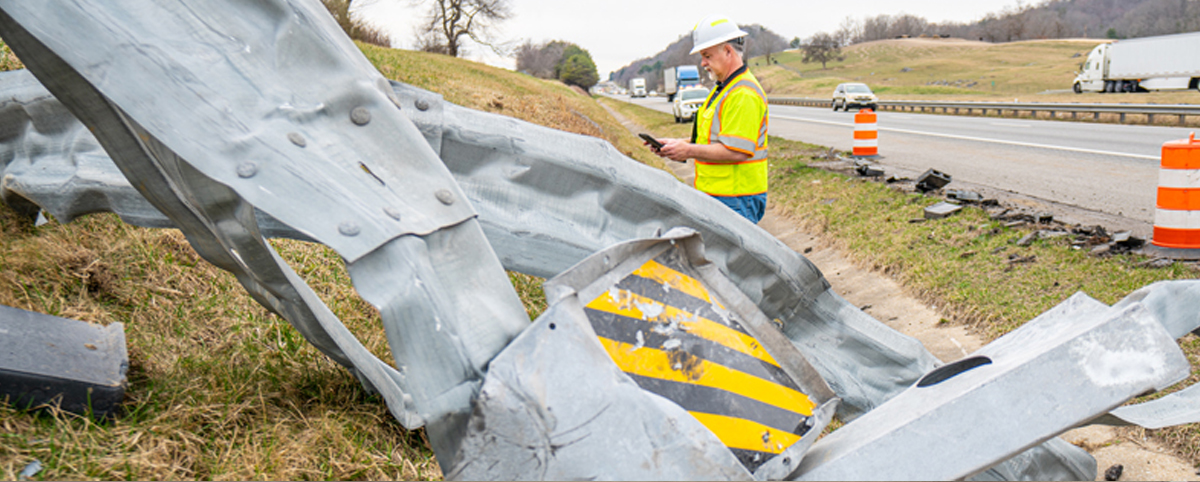National Work Zone Safety Awareness Week is April 26 – 30
National Work Zone Awareness Week, April 26-30, is a timely reminder for motorists to stay alert for DOT and other workers. In 2020, work zone crashes and fatalities increased, despite lower traffic volumes due to COVID-19.
Distracted Driving Costs Lives
Even a small mistake by a driver or worker can be disastrous in and around a highway work zone. Highway workers are in a high-risk category, but statistically, motorists are even more at risk. According to the Federal Highway Administration (FHWA), most fatalities in work zones are motorists, not highway workers. The National Work Zone Safety Information Clearinghouse – which collects federal data – reported that in 2019, there were over 760 work zone fatal crashes that resulted in 842 deaths.
National Efforts to Increase Work Zone Safety
To combat this significant public safety issue, 48 states have banned text messaging for all drivers, while 25 states, including Virginia, prohibit all drivers from using handheld cellphones while driving. Using a handheld cell phone while driving, and especially in a work zone, can be a deadly choice.
Defensive Driving Tips for Work Zones
- Stay focused and alert in a work zone: DO NOT use a cell phone, change the radio, eat, apply makeup, or create a distraction from the road.
- Research your route. When possible, try to avoid work zones altogether and use detours when available.
- Lane closures and reduced speeds are common in work zones. Slow down when entering a work zone and pay careful attention to the presence of workers and machinery.
- Move into an open lane as soon as possible when approaching a lane closure. Remember to pay close attention to other vehicles around you, particularly in your blind spot.
- Avoid trucks of all types when possible. They usually have limited visibility and cannot maneuver as well as smaller vehicles. Give them a lot of room in all driving situations.
- Because rear-end crashes are the most common types of collision in work zones, always maintain extra following distance between vehicles. Four seconds is the recommended following distance.
- Turn on your headlights, even if it is not required by law. It is good ‘driving practice’. Headlights ‘on’ is the equivalent of wearing a high visibility vest on your vehicle. This helps other drivers identify your presence.
Be Alert. Risks Abound Outside Work Zones
The risks and challenges associated with highway travel are not confined to defined work zones. There are numerous other activities on a road that can easily create impairment to safe travel, such as mowing, litter pick up, snow & ice control, law enforcement activity, animal hazard, standing water, pavement defect (i.e., pothole), etc.
While work zones are usually well marked with signage and devices, most of these other impairments offer minimal advance warning to motorists. The combination of ‘Boots on the Ground’ (that would be Pillar!), a distracted or impaired driver, failure to reduce speed or any of the other risks noted above can prove to be costly, if not deadly, if you aren’t paying attention.
When transiting work zones, remember to be patient and stay focused.
PILLAR employees and other work zone crew members across the nation diligently strive to improve our infrastructure and make the roads safer for everyone. Join PILLAR next week as we raise awareness for work zone safety.

